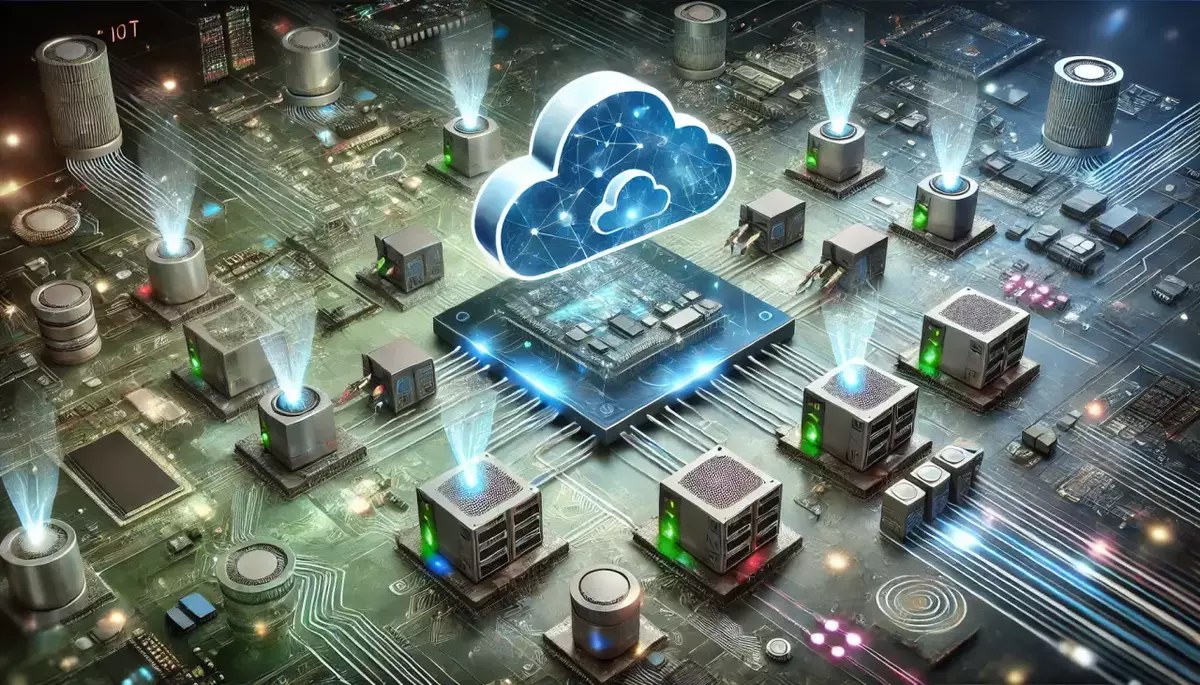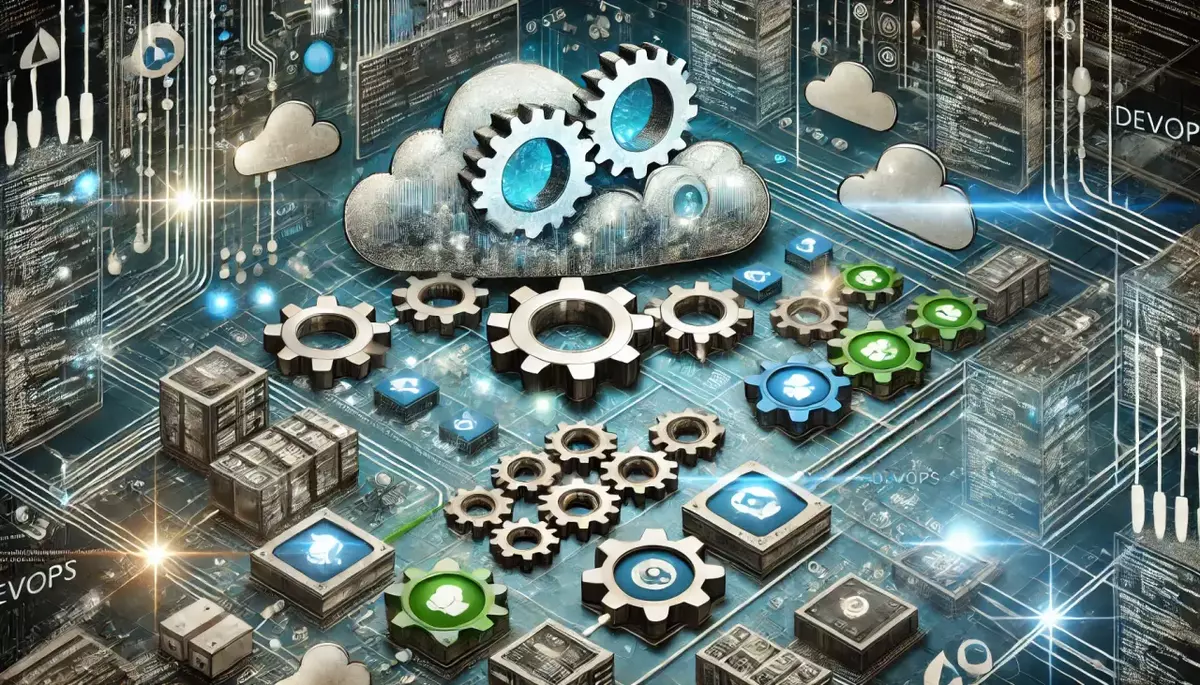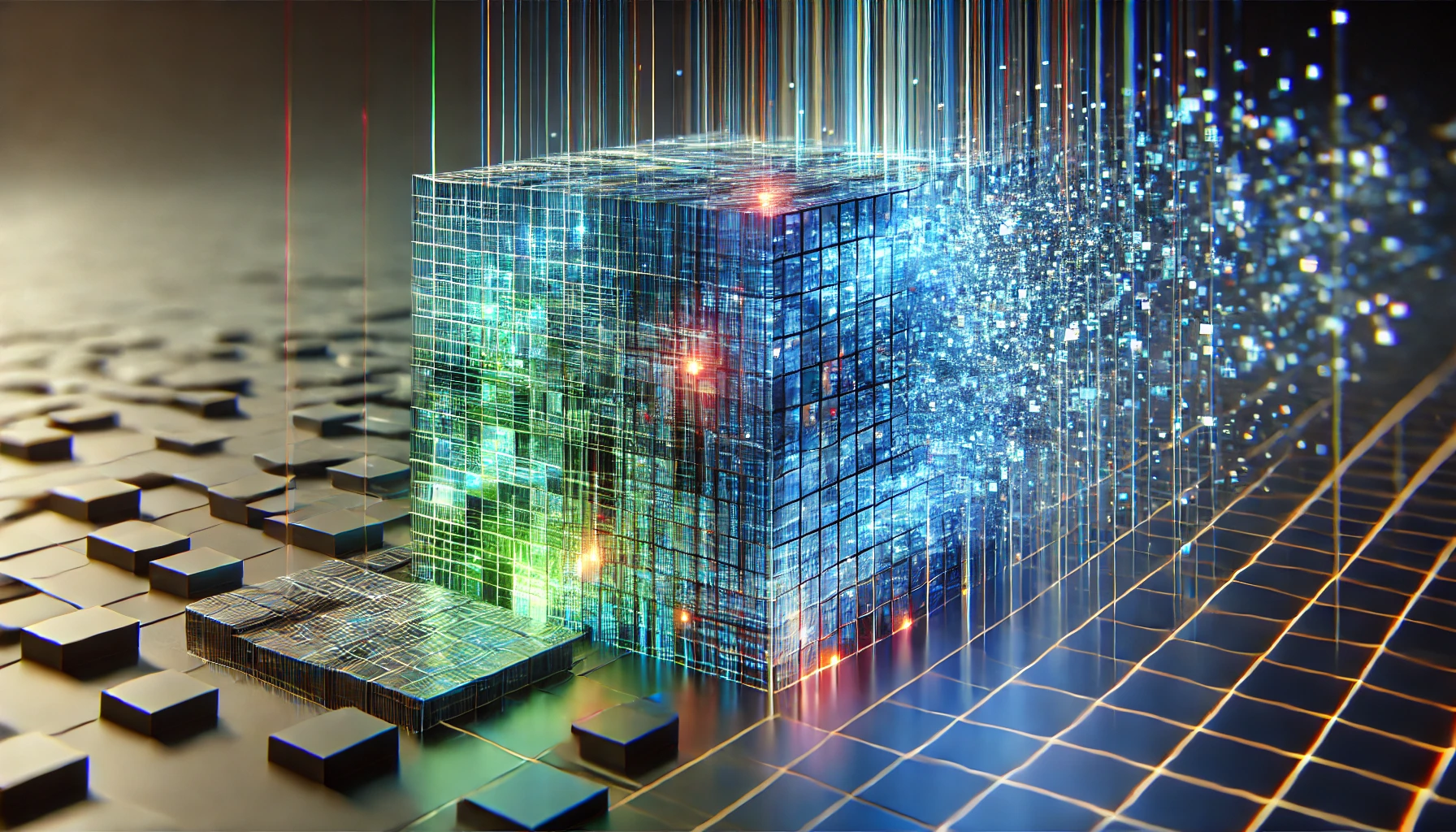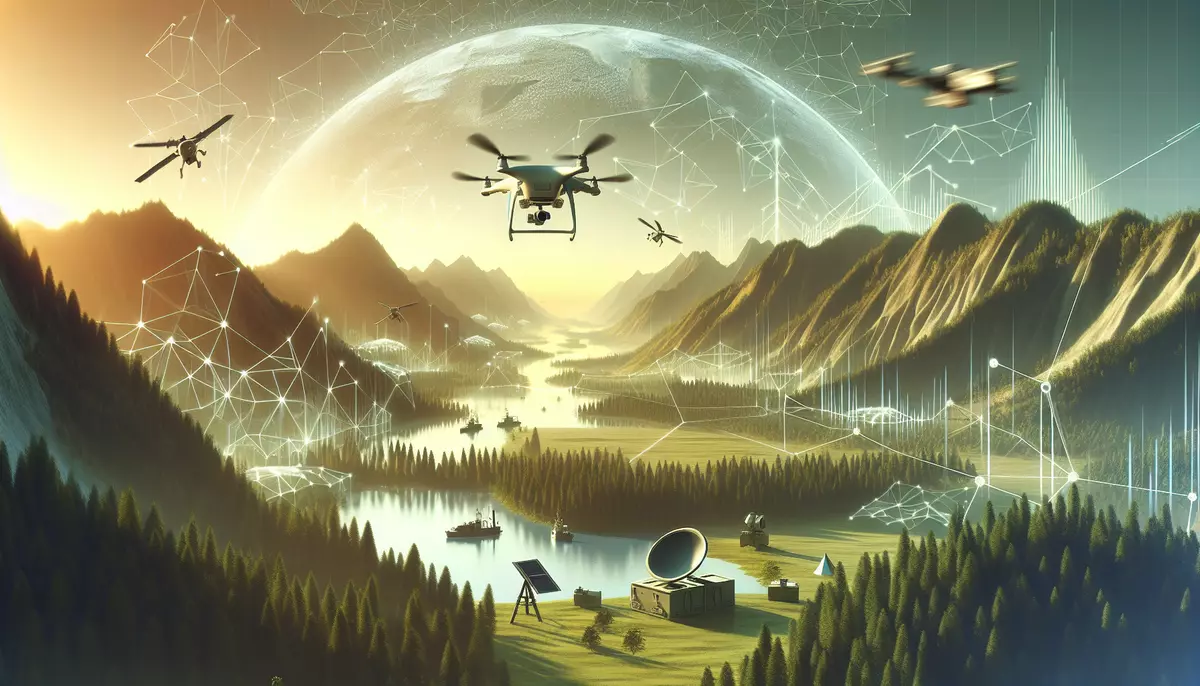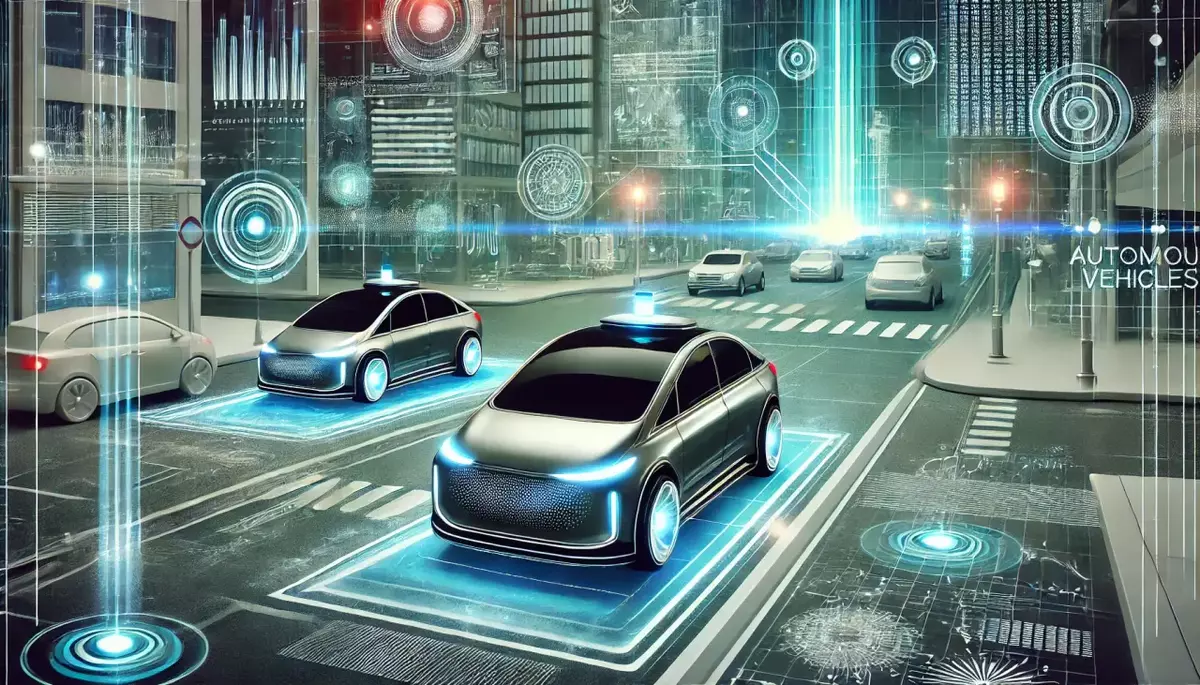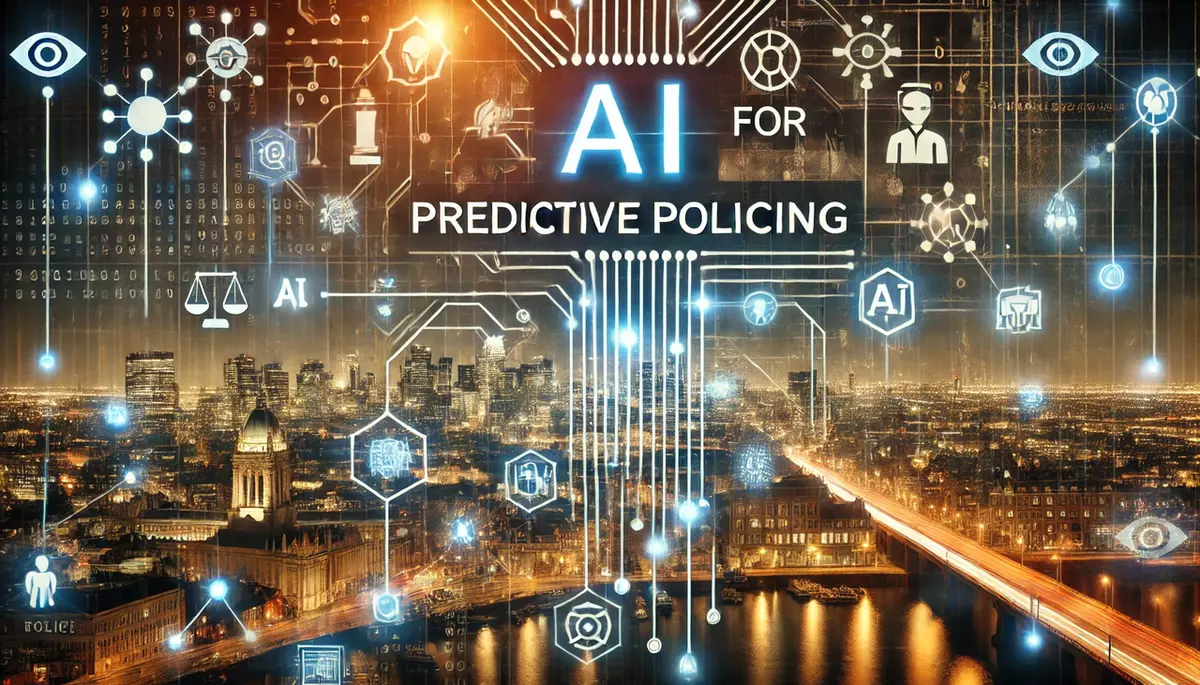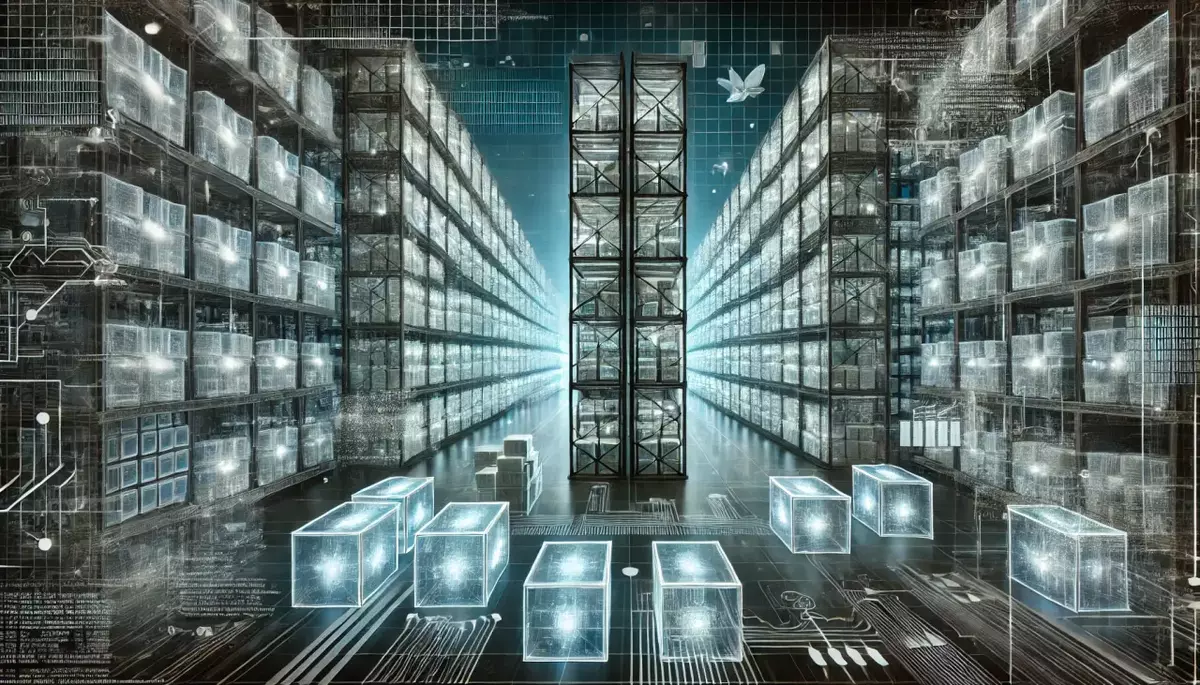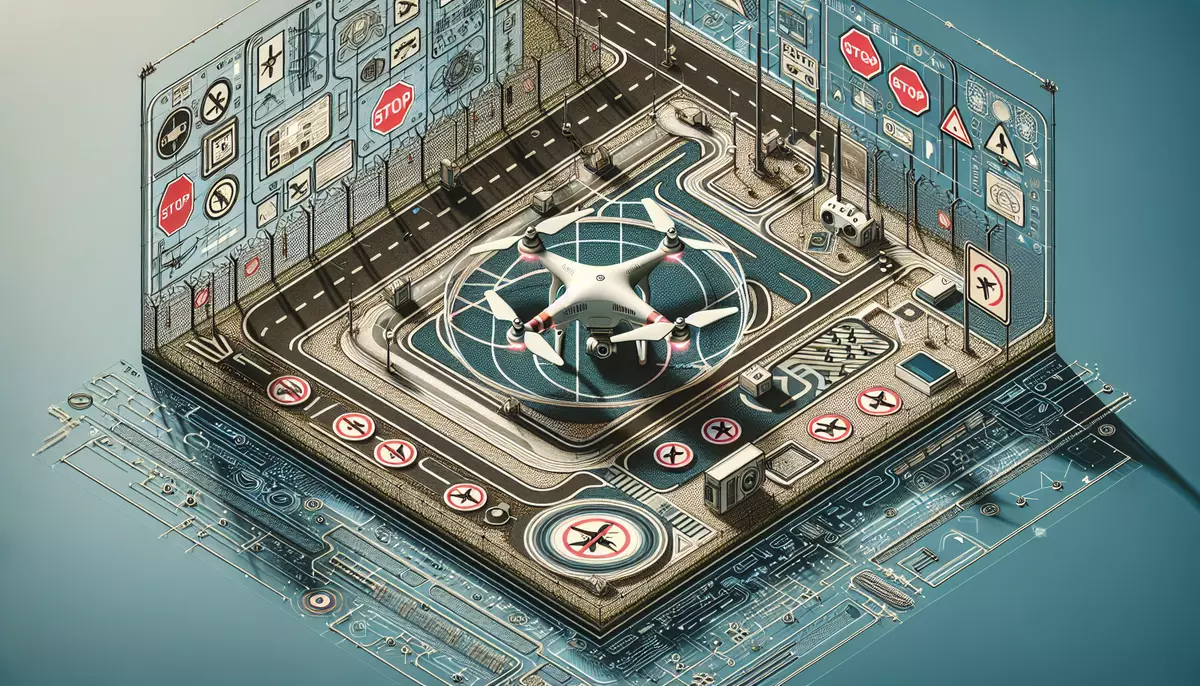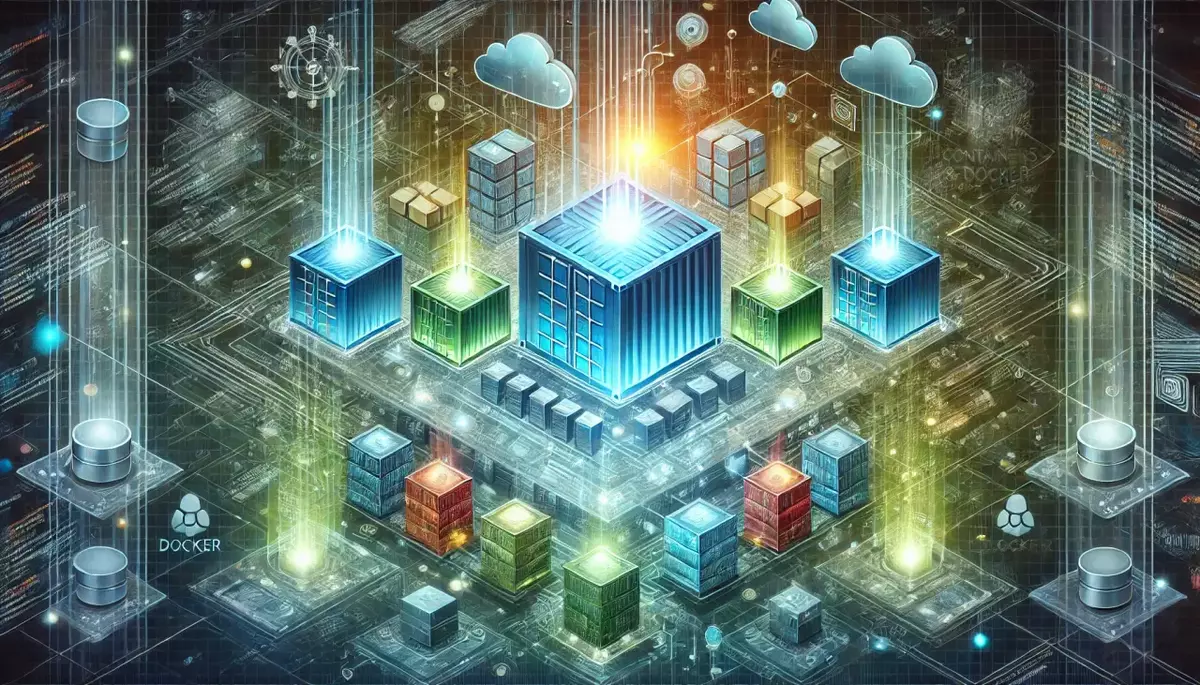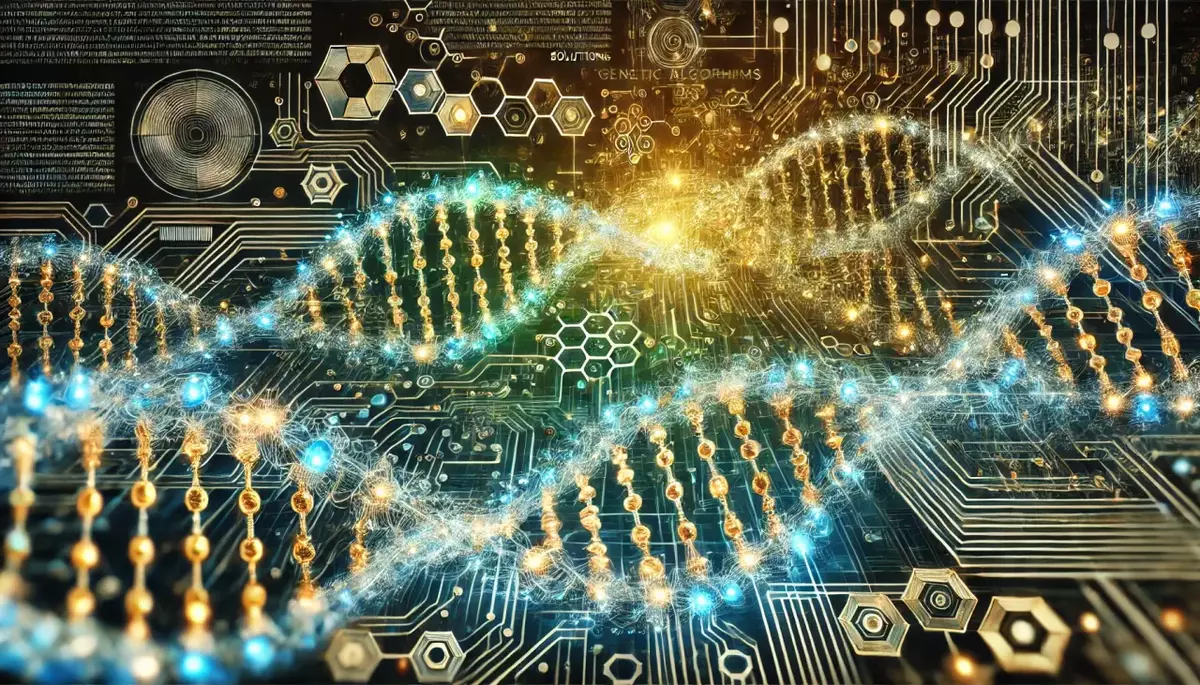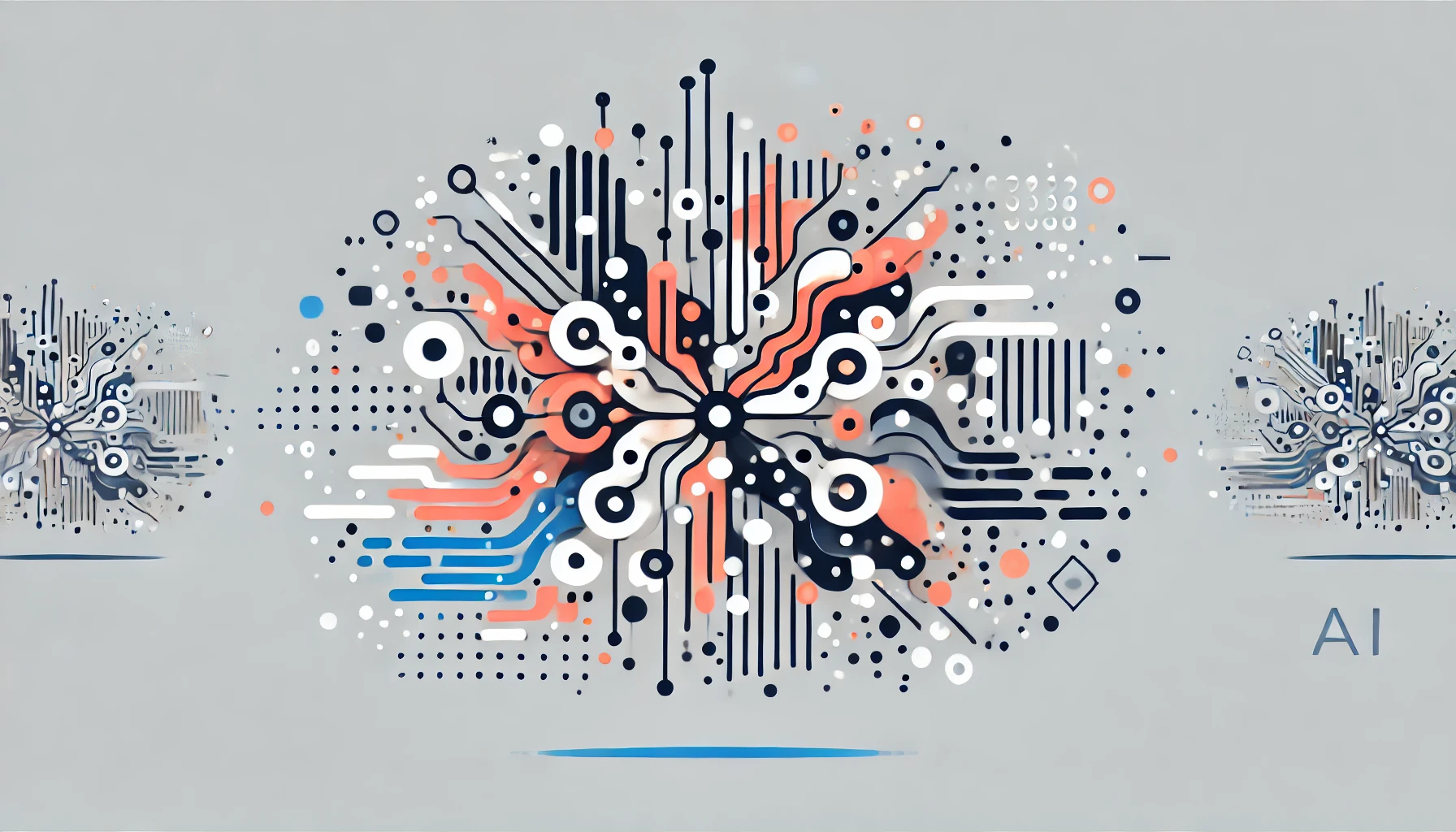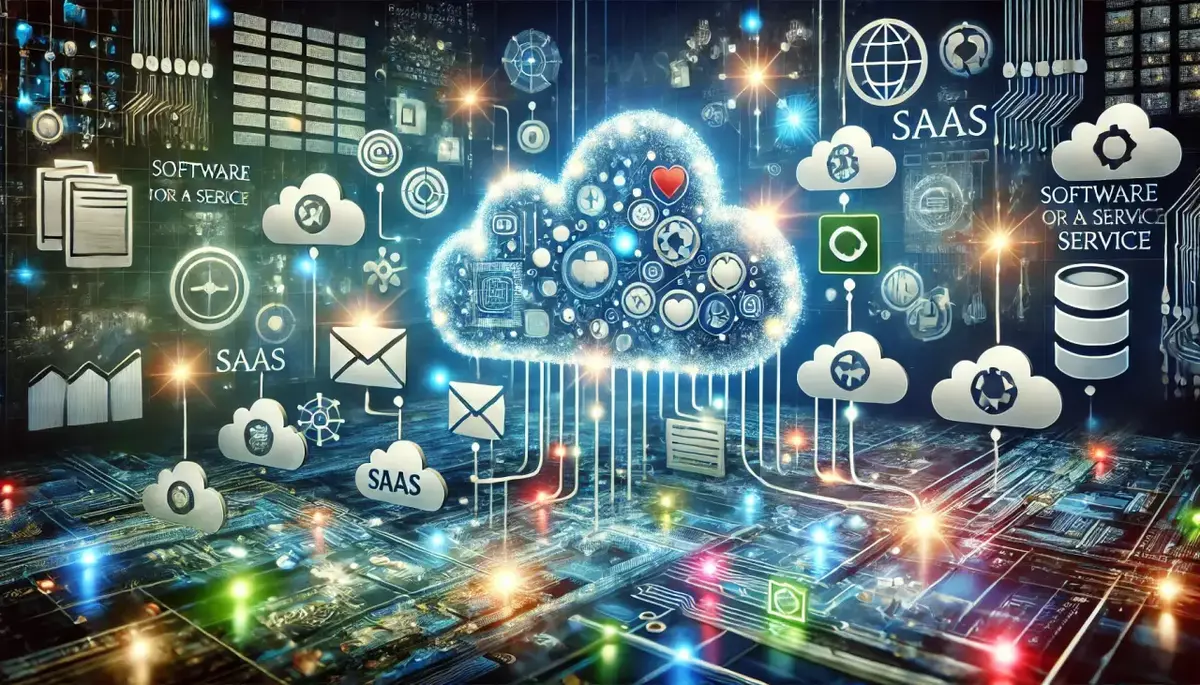Introduction
Edge computing is a distributed computing paradigm that brings computation and data storage closer to the devices where it is being gathered, rather than relying on a central location that may be far away. This approach aims to improve response times, reduce bandwidth usage, and enhance the overall efficiency of certain applications and services.
What is Edge Computing?
Edge computing refers to the practice of processing data near the edge of a network, where the data is being generated, instead of in a centralized data processing warehouse. This allows for faster data processing and decision-making, as well as reduced bandwidth usage and latency.
Key Characteristics of Edge Computing:
- Proximity to Data Sources: Edge computing devices are located closer to the sources of data, such as IoT sensors or mobile devices.
- Reduced Latency: By processing data closer to the source, edge computing can provide faster response times and lower latency.
- Bandwidth Optimization: Edge computing can reduce the amount of data that needs to be transmitted to a central location, optimizing bandwidth usage.
- Distributed Processing: Edge computing involves distributing data processing and storage across multiple devices, rather than relying on a single centralized system.
How Does Edge Computing Work?
Edge computing involves placing computing resources, such as servers, storage, and networking equipment, closer to the sources of data. This allows for real-time data processing and decision-making, as well as the ability to handle large volumes of data without overwhelming a central system.
The Edge Computing Process:
- Data Generation: Data is generated by various devices, sensors, or applications at the edge of the network.
- Local Processing: Edge devices, such as gateways or micro-data centers, process the data locally, performing tasks like data filtering, aggregation, and analysis.
- Selective Transmission: Only the most relevant or critical data is then transmitted to a central cloud or data center for further processing or storage.
- Rapid Response: The processed data at the edge can be used to make immediate decisions or trigger actions, without the need to wait for a response from a remote location.
Example of Edge Computing:
In a smart city application, sensors installed throughout the city collect data on traffic patterns, air quality, and other environmental factors. Instead of sending all this data to a central cloud for processing, edge devices located near the sensors can analyze the data locally and only transmit the most relevant information to the cloud. This allows for faster decision-making and response times, such as adjusting traffic signals or issuing alerts based on real-time conditions.
Applications of Edge Computing
Edge computing has a wide range of applications across various industries:
Internet of Things (IoT):
- Sensor Data Processing: Analyzing sensor data from IoT devices at the edge to enable real-time decision-making.
- Autonomous Vehicles: Processing sensor data and making decisions locally to enable safe and responsive autonomous driving.
Healthcare:
- Remote Patient Monitoring: Analyzing medical data from wearable devices at the edge to provide immediate feedback and alerts.
- Telemedicine: Enabling low-latency video consultations and remote diagnostics by processing data at the edge.
Manufacturing:
- Predictive Maintenance: Analyzing sensor data from industrial equipment at the edge to predict and prevent failures.
- Quality Control: Performing real-time quality checks and adjustments on production lines using edge computing.
Retail:
- Personalized Recommendations: Analyzing customer data at the edge to provide personalized product recommendations and offers.
- Inventory Management: Using edge devices to track and manage inventory levels in real-time.
Challenges and Considerations in Edge Computing
While edge computing offers many benefits, it also presents some challenges and considerations:
- Security and Privacy: Securing edge devices and the data they process is crucial, as they are often located in less controlled environments.
- Resource Constraints: Edge devices may have limited computing power, storage, and energy resources, requiring careful optimization and resource management.
- Interoperability: Ensuring seamless integration and communication between edge devices, cloud systems, and other components is essential.
- Scalability: As the number of edge devices and the volume of data they generate increases, the architecture must be able to scale accordingly.
Best Practices for Edge Computing
To effectively implement and manage edge computing, the following best practices should be considered:
- Secure Edge Devices: Implement robust security measures, such as encryption, authentication, and access controls, to protect edge devices and the data they process.
- Optimize Resource Utilization: Carefully manage the limited resources of edge devices, such as CPU, memory, and power, to ensure efficient operation.
- Standardize Protocols and Interfaces: Adopt industry-standard protocols and interfaces to enable seamless integration and interoperability between edge devices and other systems.
- Implement Distributed Intelligence: Leverage machine learning and artificial intelligence at the edge to enable real-time decision-making and autonomous operations.
- Ensure Scalable Architecture: Design the edge computing infrastructure to be scalable, allowing for the addition of new devices and the handling of increasing data volumes.
Future Trends in Edge Computing
The field of edge computing is rapidly evolving, and several emerging trends are shaping its future:
- 5G and Edge Computing: The deployment of 5G networks will enable faster and more reliable connectivity, further enhancing the capabilities of edge computing.
- Artificial Intelligence at the Edge: The integration of AI and machine learning algorithms at the edge will enable more advanced real-time decision-making and autonomous operations.
- Edge-Cloud Convergence: The boundaries between edge computing and cloud computing will continue to blur, leading to the development of hybrid architectures that leverage the strengths of both.
- Edge Computing Platforms: Specialized edge computing platforms and software will emerge to simplify the deployment and management of edge infrastructure.
Conclusion
Edge computing is a transformative technology that is reshaping the way data is processed and utilized. By bringing computation and storage closer to the source of data, edge computing enables faster response times, reduced bandwidth usage, and enhanced efficiency for a wide range of applications. As the number of connected devices and the volume of data continue to grow, edge computing will play an increasingly crucial role in unlocking the full potential of emerging technologies and driving innovation across various industries.
This knowledge base article is provided by Fabled Sky Research, a company dedicated to exploring and disseminating information on cutting-edge technologies. For more information, please visit our website at https://fabledsky.com/.
References
- Shi, Weisong, and Schahram Dustdar. “The Promise of Edge Computing.” Computer 49.5 (2016): 78-81.
- Satyanarayanan, Mahadev. “The Emergence of Edge Computing.” Computer 50.1 (2017): 30-39.
- Iorga, Mihai, et al. “Fog Computing Conceptual Model.” NIST Special Publication 500-325 (2018).
- Varghese, Blesson, and Rajkumar Buyya. “Next Generation Cloud Computing: New Trends and Research Directions.” Future Generation Computer Systems 79 (2018): 849-861.
- Yousefpour, Alireza, et al. “All One Needs to Know about Fog Computing and Related Edge Computing Paradigms: A Complete Survey.” Journal of Systems Architecture 98 (2019): 289-330.

